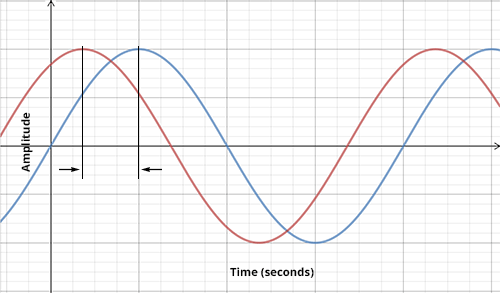First off - GREAT information - thank you all for your replies! As I'm rather new to all of this and still learning, I find threads like this very beneficial - both for me and other "noobs" that will eventually stumble upon it.
Just a few things I've noticed while tuning my system:
1. In my system, I've never ran into a frequency that doesn't respond normally to EQ. By "normally", I mean that adjusting the EQ by 1 dB (for example) causes 1dB of difference when I take the next measurement. I've never had something NOT respond to EQ? How can that be??
2. So far, I've just been EQ'ing each individual speaker to my customized target curve. Basically, I generated my target curve based on the overall EQ "shape" that works for me, with my hearing, in my vehicle, with my speakers - after lots of testing. The common curves just did not do it for me. But I place more importance on matching left/right than I do on matching the curve itself.
3. So far at least, I haven't found the need to EQ "whole sides", "speaker pairs" or "overall" responses. After EQ'ing each speaker individually and then taking measurements with "both sides" playing (both front door speakers, for example), the results are basically the same as they were for each individual door speaker (just louder), so I just didn't see the need to EQ anything after I EQ"d each speaker individually.
I'm NOT a "technical" SQ person - I just go with what sounds good to me (for example, I tried going without rear speakers and just cannot do it) - I like the effect my band-passed, reduced-level rear speakers give me, right or wrong. I also have very inexpensive Kenwood Excelon speakers and have no plans on upgrading to more expensive speakers (at this point - who knows what the future may bring). I also use stock speaker locations and am not interested in customizing speaker locations - just not interested in going that far - trying to make the best of what speakers I have and their stock locations.
Next I want to introduce some pictures to this thread... I think they may help get the point of my question across a little better. I recently decided to try EQ'ing my system manually instead of using the REW auto-EQ function - mainly to keep the number of PEQ filters to a minimum to see how I liked the results. However, as I took each measurement, I found myself using more and more PEQ filters to better match left/right really well, so I still ended up using a lot of PEQ filters to get to where i'm at now (which I'm actually very happy with - but always looking to make it even better). My wife even commented on how good my car sounds compared to hers - and she was sitting in the passenger seat of a drivers-seat tuned car! :-)
Next post will includes some pictures of what I did along the way - curious to see what you guys think about my decisions.
Again, thank you all for your input - it will be beneficial to me and other noobs in the future!!





 Reply With Quote
Reply With Quote



